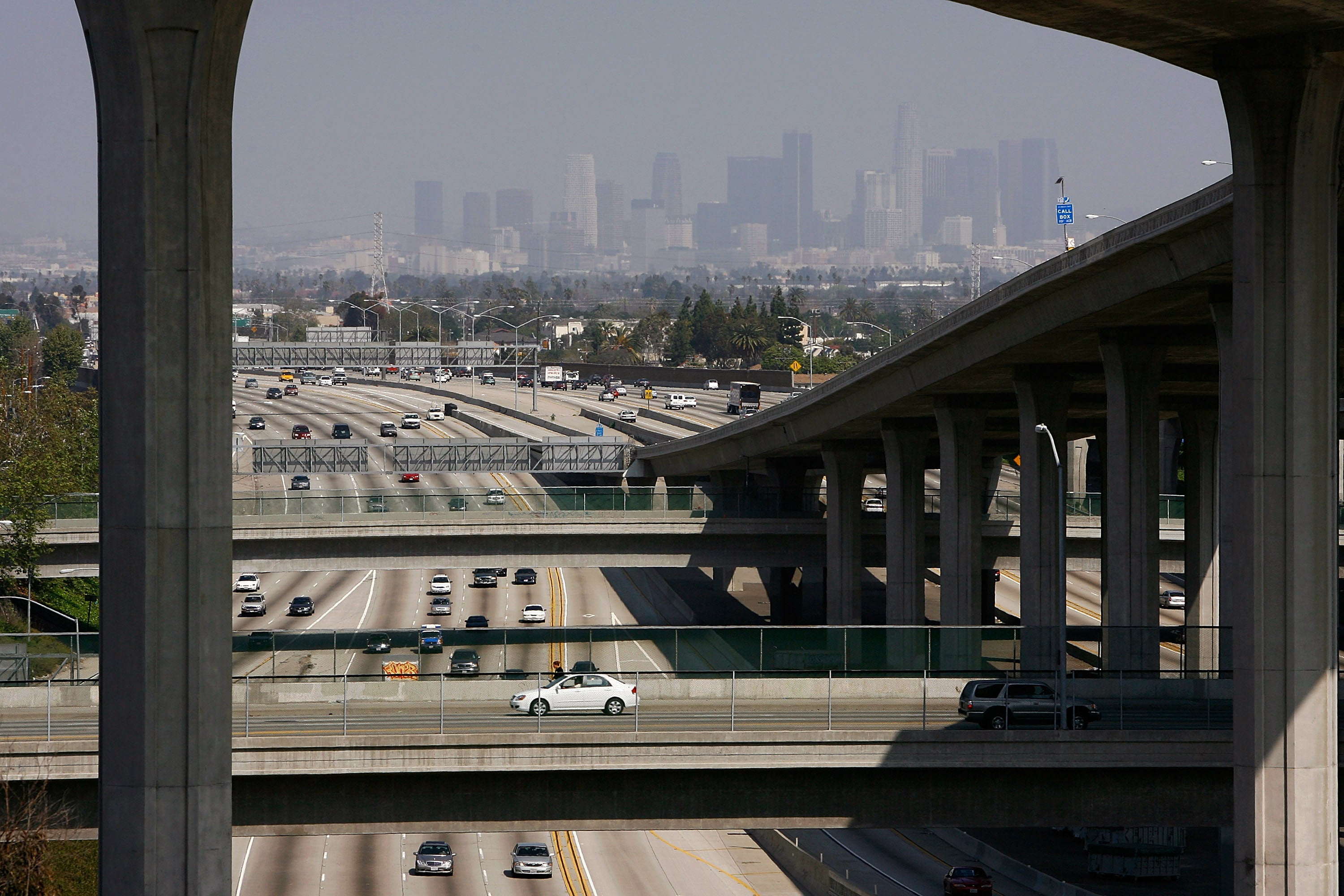
In cities across the country, people of color, many of them low income, live in neighborhoods criss-crossed by major thoroughfares and highways. The housing there is often cheaper — it’s not considered particularly desirable to wake up amid traffic fumes and fall asleep to the rumble of vehicles over asphalt. But the price of living there is steep: Exhaust from all those cars and trucks leads to higher rates of childhood asthma, cancer, cardiovascular disease, and pulmonary ailments. Many people die younger than they otherwise would have, and the medical costs and time lost to illness contributes to their poverty.
Imagine if none of those cars and trucks emitted any fumes at all, running instead on an electric charge. That would make a staggering difference in the trajectory, quality, and length of millions of lives, particularly those of young people growing up near freeways and other sources of air pollution, according to a study from the American Lung Association.
The study, released today, found that a widespread transition to EVs could avoid nearly 3 million asthma attacks and hundreds of infant deaths, in addition to millions of lower and upper respiratory ailments. Children, being particularly vulnerable to air pollution, would benefit most, said study author William Barret, the association’s national director on advocacy and clean air. “Children are smaller, they’re breathing more air pound for pound than an adult,” Barret said. “The risk can be immediate, but it’s also long lasting.”
On supporting science journalism
If you’re enjoying this article, consider supporting our award-winning journalism by subscribing. By purchasing a subscription you are helping to ensure the future of impactful stories about the discoveries and ideas shaping our world today.
Some 27 million children live in communities affected by high levels of air pollution, the study found. Their vulnerability begins in the womb, where vehicle exhaust, factory smoke, and…
Read the full article here






